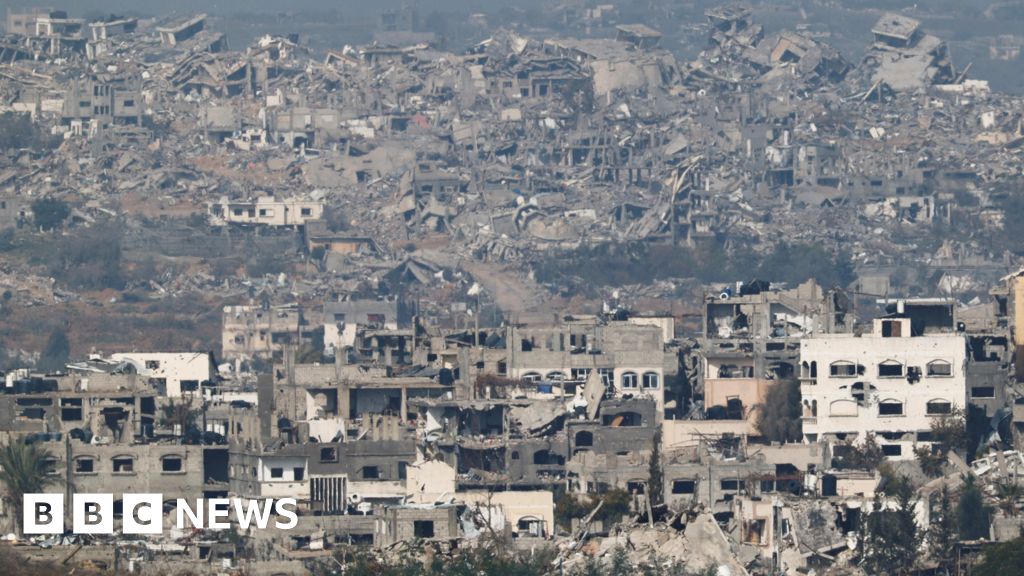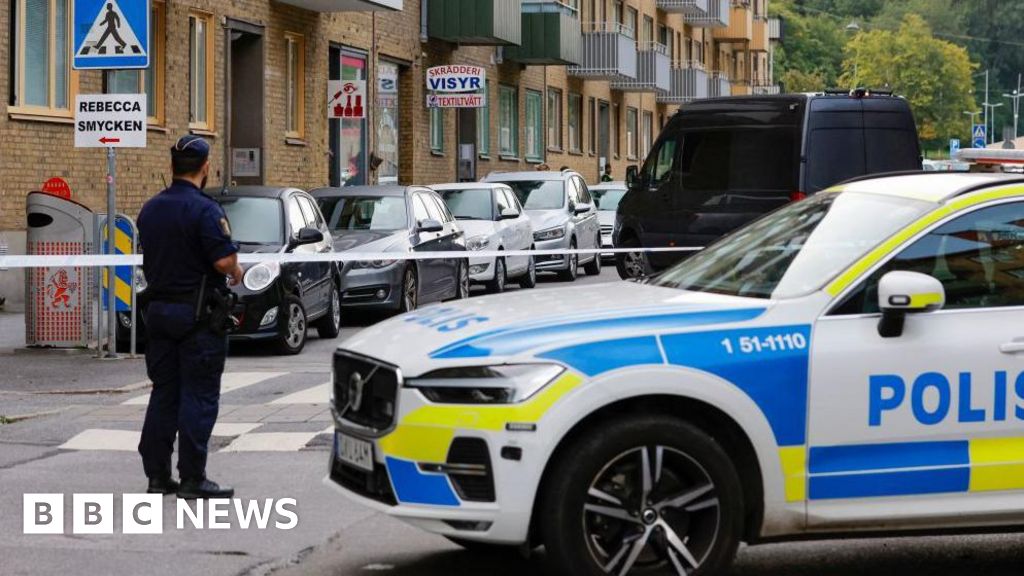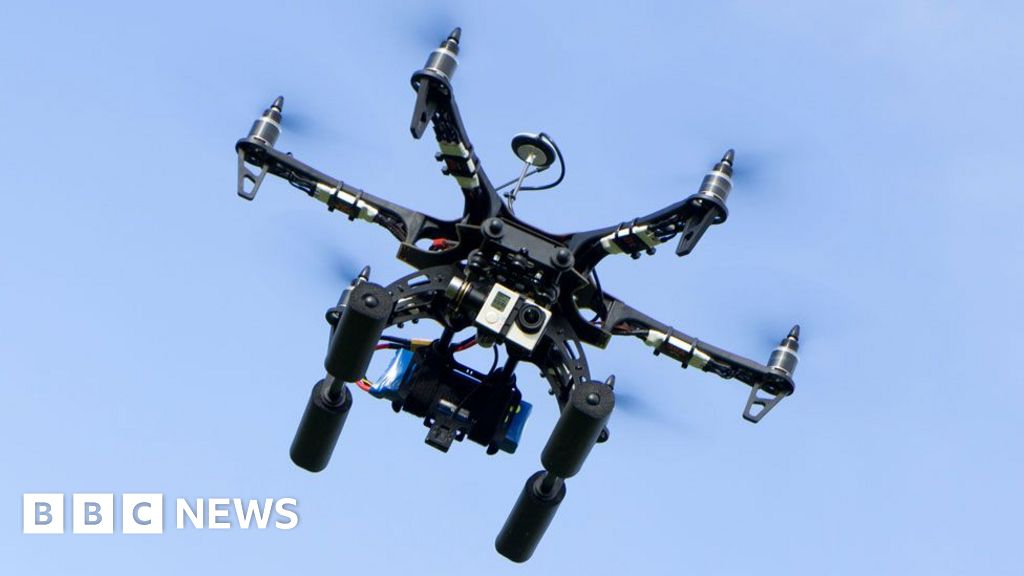ARTICLE AD BOX
By The Visual Journalism Team
BBC News
image source, Getty Images
Hundreds of properties have been destroyed and thousands of people have fled their homes after a volcanic eruption on La Palma in the Spanish Canary Islands.
What happened?
Lava has been flowing down the mountain and through villages since the crack opened in the Cumbre Vieja volcano on 19 September, throwing jets of lava and ash into the air.
More than 6,000 people have been evacuated, including 400 tourists who have been taken to the neighbouring island of Tenerife.
La Palma, one of the most western and smallest of the Canary Islands, is known for not being as "touristy" as some of its neighbours.
Images from the scene showed the lava - molten rock which turns black when exposed to the air - engulfing communities, but sparing some buildings. Many have lost everything they own.
People on social media dubbed one residence - captured in an image by photographer Alfonso Escalero - a "miracle house" after it escaped the lava flow.
image source, Alfonso Escalero
Farmers have been racing to save crops of bananas, avocados and grapes before the lava reaches plantations - which are rich with volcanic, fertile soil - on which many islanders depend for their livelihoods.
image source, Getty Images
How fast is the lava flowing?
The flow has passed through the villages of El Paraiso and Todoque and is making slow progress towards the sea, in some parts at about four or five metres (13 or 16ft) an hour.
To the north, the 12m-high lava flow - reaching 1,000 degrees C (1,830 degrees F) - has almost stopped.
The lava stream was 3,800m long (12,500ft) and 2,100m away from the coast, Spain's Department of Homeland Security (DSN) said in a statement on Friday.
About 240 hectares (593 acres), with a perimeter of 15.7km (9.8 miles), have been affected, according to the DSN.
Some 390 buildings and 14km of roads have been destroyed, satellite mapping service Copernicus EMS says.
There are now concerns that when the lava reaches the sea, it could create clouds of acidic, toxic gas, which can be dangerous to inhale. The plumes of gas can cause eye, lung and skin irritations.
An exclusion zone has been set up along the coast to prevent boats reaching the area.
The eruption has also caused an ash cloud 4,500m (14,760ft) tall and tonnes of sulphur dioxide is being thrown into the air.
Spanish airline Iberia and local carrier Binter have cancelled some flight to the island because of the ash.
The cloud is now drifting northeast towards the Mediterranean and Spanish mainland, the AEMET national weather agency said.
How long will the eruption last?
The Canary Islands Volcano Institute has suggested the eruption could last between 24 and 84 days.
Raul Perez, from the Spanish Geological and Mining Institute, said that while the eruption continued, it would slowly keep pushing the lava flow.
If the eruption continues for months rather than weeks, he told the Efe news agency, it could eventually reach the sea.
In the lead up to the first ejection of lava, seismic activity near the surface of the island increased significantly - as the chart below shows.
Data from Spain's National Geographic Institute shows how a series of small tremors began to take place on 11 September under a mountain range known as Cumbre Vieja, leading scientists to believe there could be magma pushing under the surface of the Earth.
This seismic activity gradually moved to the surface and, in the two days before the eruption, tremors were felt only 100m underground.
Although seismic activity is now low, the volcano continues to spew lava and Prime Minister Pedro Sánchez has warned there will be "some very long days ahead".
Help has been promised to those who have lost their homes and the local government is buying empty dwellings as part of a resettlement plan.
The island's last eruption in 1971 lasted for just over three weeks.

 3 years ago
67
3 years ago
67








 English (US) ·
English (US) ·